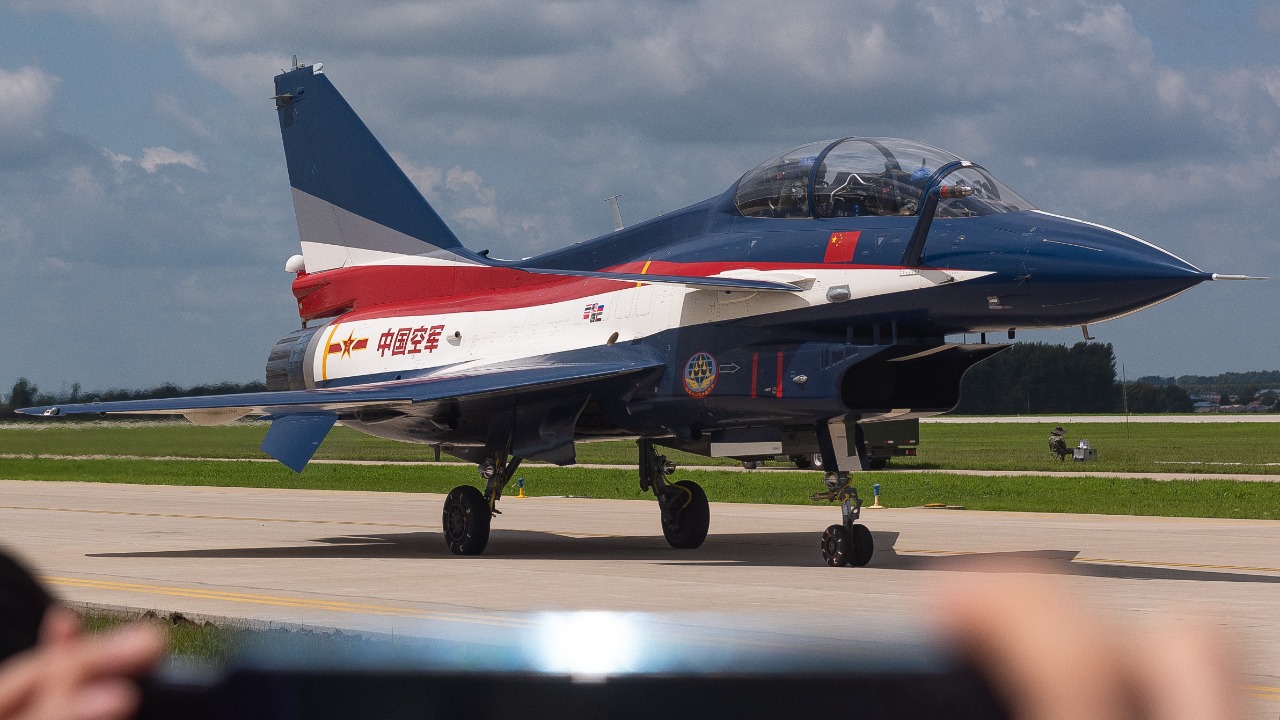
China’s J-10 fighter jet presents a fascinating study in the evolution of aviation technology. Once dismissed as a failed attempt at modern fighter aircraft design, the J-10 has undergone a series of significant transformations that have catapulted it to the forefront of aviation technology. Let’s dive into this intriguing journey from mockery to marvel.
The Early Days of J-10: A Subject of Mockery

When the J-10 first took to the skies, it was met with widespread skepticism and ridicule. Critics saw it as a poor imitation of Western fighter jet designs, particularly the American F-16. The initial versions of the J-10 were plagued with problems, including engine failures, poor maneuverability, and a lack of advanced avionics. The international community dismissed it as an outdated, ineffective machine.
Some factors contributing to this early negative reputation included the secrecy surrounding its development and the lack of credible performance data. Due to these factors, many dismissed the J-10 as an underpowered and technologically inferior aircraft. Some early criticisms even went so far as to label it a ‘paper tiger’, implying that it was all show and no substance.
The Turning Point: Technological Advancements and Improvements
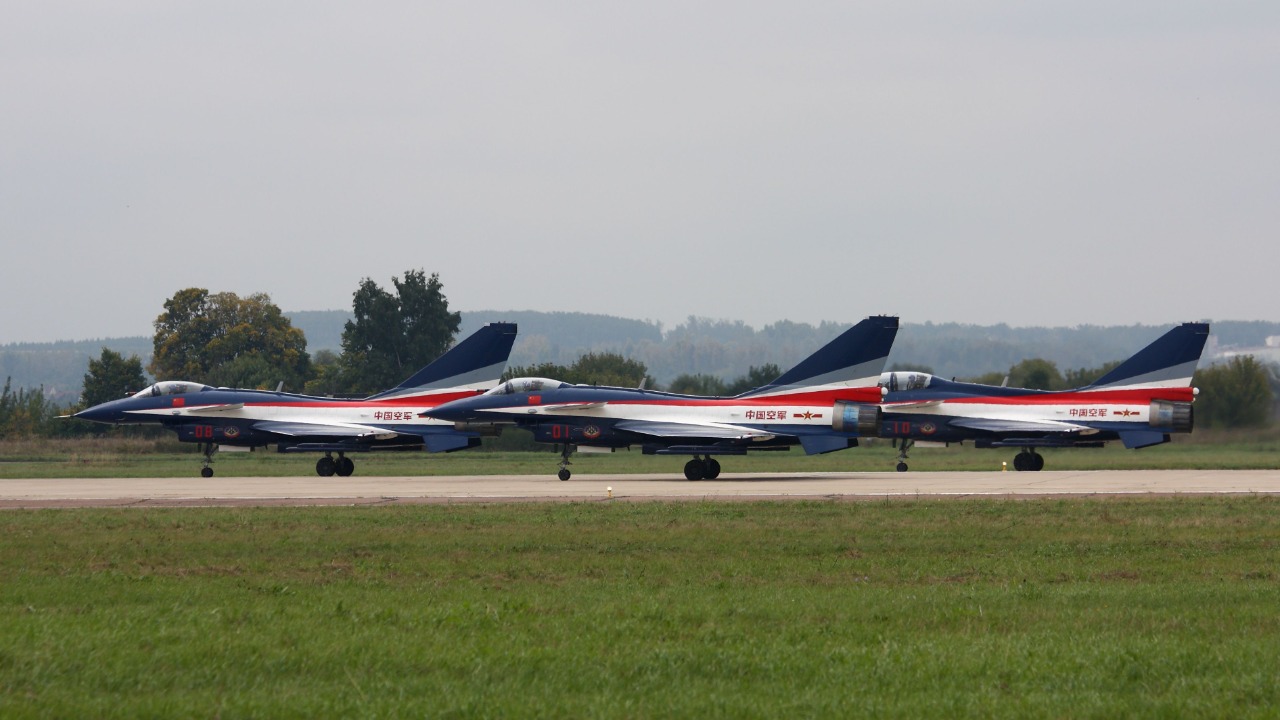
The J-10’s journey from mockery to marvel began with a series of technological advancements and improvements. The Chinese government and military played a crucial role in facilitating these changes, investing heavily in research and development efforts. Major advancements included the introduction of an advanced avionics system, improved engine performance, and the incorporation of thrust vectoring technology, leading to significantly enhanced maneuverability and firepower.
The turning point for the J-10 was the introduction of the J-10C variant. This version of the aircraft boasted an Active Electronically Scanned Array (AESA) radar, infra-red search and track system, and advanced air-to-air missiles. The performance of the J-10C marked a significant shift in the perception of Chinese aviation technology.
J-10 in Action: Real World Performance
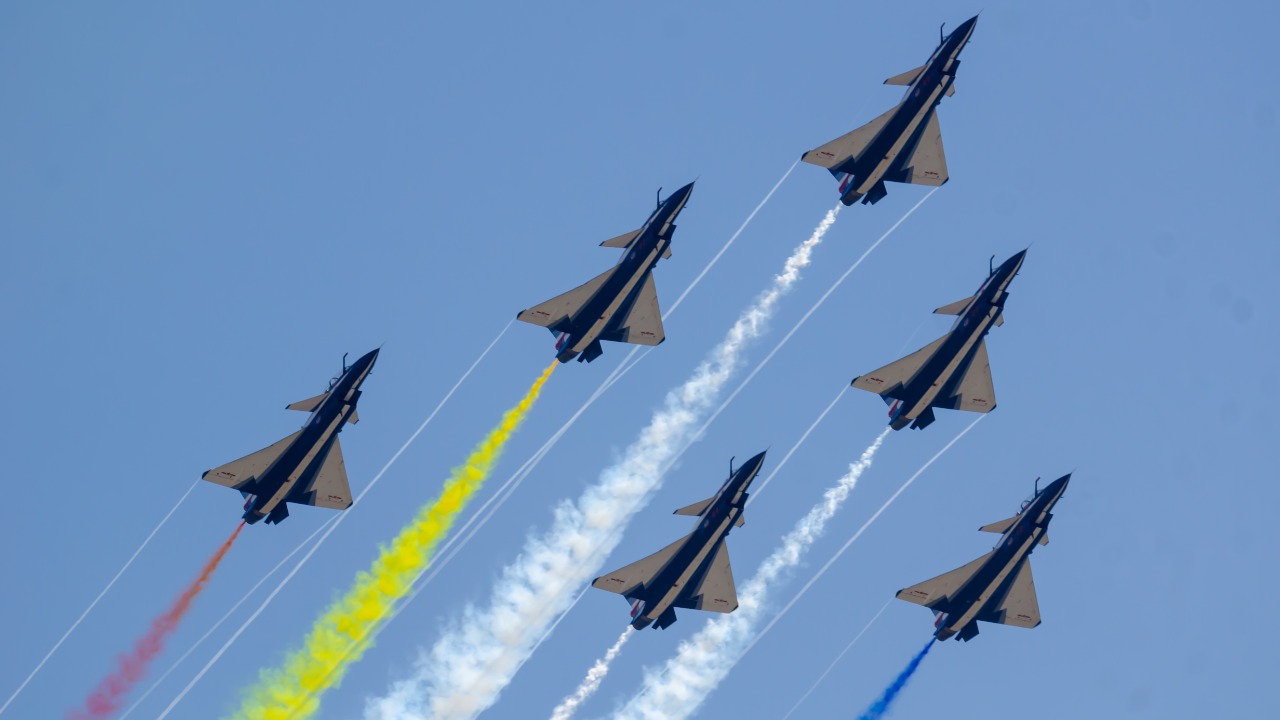
The true test of any fighter jet lies in its performance in real-world scenarios. The J-10 has demonstrated its improved capabilities in numerous military exercises and potential combat situations. Its performance during the ‘Shaheen’ series of joint air exercises with Pakistan, for example, showcased the J-10’s enhanced capabilities. It was reported to have outperformed other participating aircraft in several combat scenarios.
Moreover, the J-10’s performance continues to impress in comparison to other global fighter jets. Despite initial skepticism, the J-10 has proven its worth as a formidable air-to-air and air-to-ground combat aircraft. Its enhanced performance is a testament to China’s advancements in aviation technology, as detailed in this report.
J-10’s Standing in the Global Arena
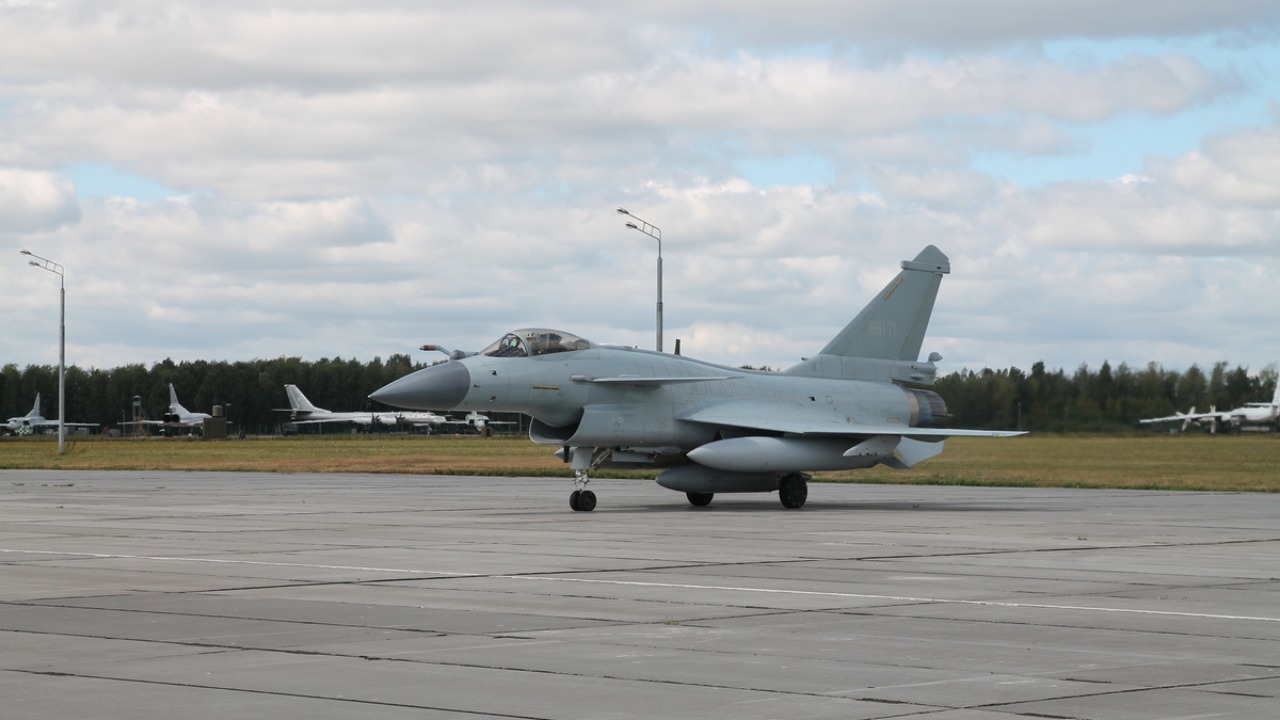
The J-10’s transformation has significantly impacted China’s standing in the global aviation and defense industry. The jet’s improved capabilities have garnered attention from nations worldwide, leading to a shift in the perception of Chinese aviation technology. The J-10, once considered a mockery, is now seen as a marvel of modern fighter jet design.
Reactions from other nations to the advancements in the J-10 have ranged from surprise to admiration. The jet has also sparked discussions on the rapid modernization of China’s defense industry. The J-10’s rise to prominence signifies China’s growing influence in the global aviation market.
The Cultural Impact of J-10’s Transformation
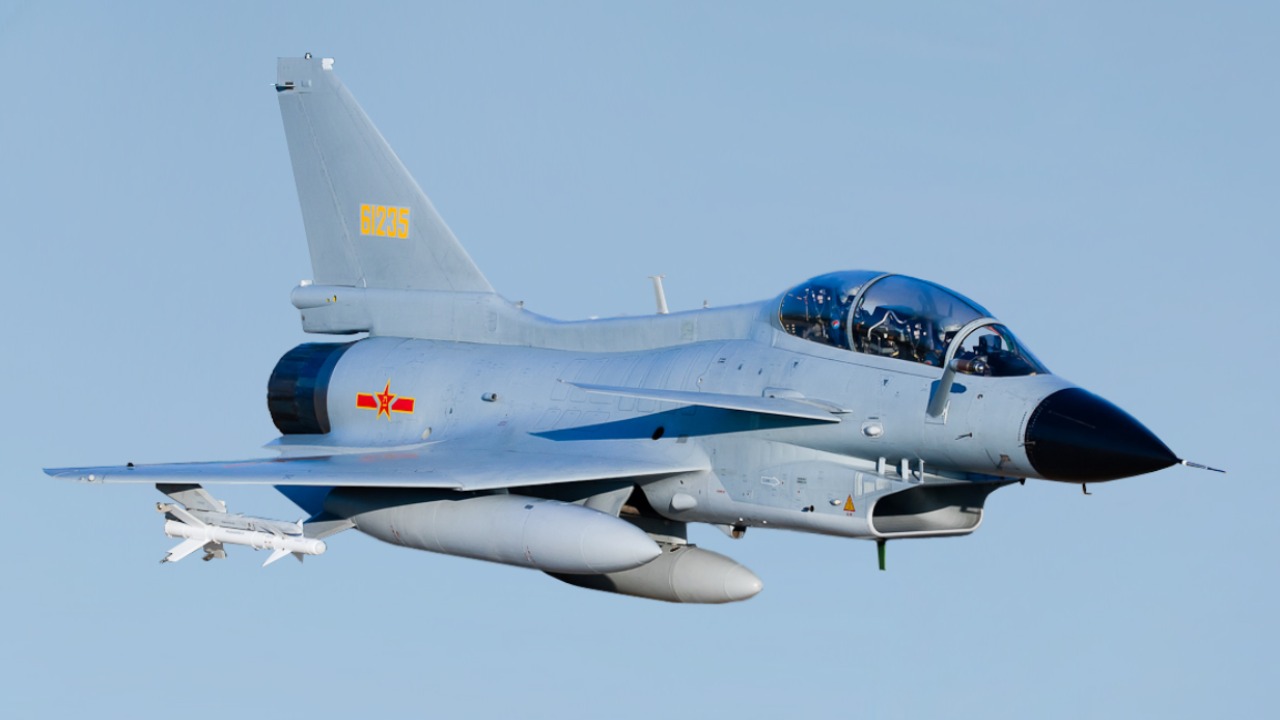
The J-10’s transformation has not only affected China’s international standing but also sparked a surge of Chinese nationalism. Its success story has become a symbol of national pride, with many seeing it as proof of China’s technological prowess. The surge in nationalism can be seen across social media platforms, as highlighted in this report.
Furthermore, the J-10’s transformation has made an impact on Chinese popular culture. The jet has been featured in films and referenced in literature, further enhancing its status as a national icon. The J-10’s story is even said to have inspired a popular Dragon Ball character, as mentioned in this article. Social media has also played a crucial role in popularizing the J-10 and driving its transformation narrative, making it a true modern marvel in the world of aviation.